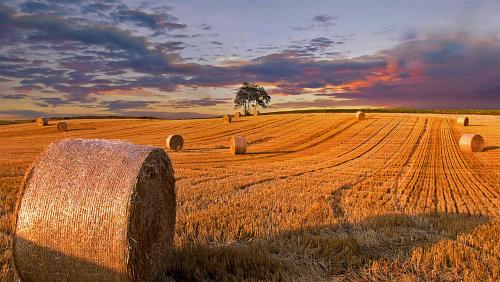Building Stronger, Safer Structures: The Role of Steel Fiber in Heavy Duty Applications
In the construction and engineering industry, the use of steel fiber in heavy-duty applications has become increasingly popular over the years. Steel fiber is known for its ability to enhance the strength and durability of concrete structures, making it an ideal choice for high-performance and heavy-duty applications such as bridges, tunnels, industrial floors, and pavements.
One of the main reasons why steel fiber is preferred in heavy-duty applications is its ability to provide enhanced crack resistance and ductility to the concrete. This means that structures incorporating steel fiber can better withstand the forces of heavy traffic, extreme weather conditions, and other external factors, leading to longer service life and reduced maintenance costs.
Moreover, steel fiber reinforced concrete (SFRC) offers improved impact resistance, fatigue resistance, and overall structural performance compared to traditional concrete. This makes it a preferred choice for structures that are subject to heavy loads, frequent use, and harsh environmental conditions.
The use of steel fiber in heavy-duty applications also offers cost savings in terms of construction and maintenance. By increasing the strength and durability of concrete structures, steel fiber can help reduce the need for additional reinforcement, thicker concrete sections, and maintenance or repair work over time. This can result in lower construction and lifecycle costs, making it an economically viable solution for heavy-duty applications.
There are various types of steel fibers available on the market, each designed to meet specific performance requirements. Hooked-end steel fibers, for example, provide excellent bonding with concrete and high tensile strength, making them well-suited for industrial floors, pavements, and other heavy-duty applications. On the other hand, cold-drawn steel fibers offer superior tensile strength, toughness, and fatigue resistance, making them suitable for applications such as tunnel linings, underground structures, and precast elements.
When it comes to incorporating steel fiber into concrete mixtures, it is important to consider the right dosage and mix design to achieve the desired performance. This requires the expertise of engineers, concrete suppliers, and contractors to ensure that the steel fibers are properly dispersed and provide the intended benefits to the structure.
In addition to enhancing the strength and durability of concrete structures, steel fiber can also contribute to sustainability and environmental benefits. By extending the service life of structures and reducing the need for maintenance and repair, the use of steel fiber can help minimize the environmental impact associated with construction activities, while promoting long-term sustainability.
In conclusion, the use of steel fiber in heavy-duty applications offers numerous benefits, including increased strength, durability, and cost savings. With its ability to enhance crack resistance, impact resistance, and overall structural performance, steel fiber reinforced concrete is a preferred choice for bridges, tunnels, industrial floors, pavements, and other heavy-duty infrastructure. By leveraging the unique properties of steel fiber, engineers and contractors can build stronger, safer structures that can withstand the challenges of heavy-duty applications for years to come.
FAQs
What is steel fiber?
Steel fiber is a type of reinforcement material used to improve the strength and durability of concrete structures. It is made from high-strength steel wires or filaments, and is typically added to concrete mixtures to enhance crack resistance, impact resistance, and overall structural performance.
How does steel fiber benefit heavy-duty applications?
Steel fiber can enhance the strength, durability, and resilience of concrete structures, making it an ideal choice for heavy-duty applications such as bridges, tunnels, industrial floors, and pavements. It provides increased crack resistance, impact resistance, and fatigue resistance, while also offering cost savings in terms of construction and maintenance over time.
What types of steel fibers are available for heavy-duty applications?
There are various types of steel fibers available for heavy-duty applications, each designed to meet specific performance requirements. These include hooked-end steel fibers, cold-drawn steel fibers, and others, which can be selected based on the specific needs of the project and the desired performance characteristics.
How is steel fiber incorporated into concrete mixtures?
The incorporation of steel fiber into concrete mixtures requires careful consideration of the right dosage and mix design to achieve the desired performance. This typically involves working with engineers, concrete suppliers, and contractors to ensure that the steel fibers are properly dispersed and provide the intended benefits to the structure.
What are the sustainability benefits of using steel fiber in heavy-duty applications?
In addition to enhancing the strength and durability of concrete structures, the use of steel fiber can also contribute to sustainability and environmental benefits. By extending the service life of structures and reducing the need for maintenance and repair, steel fiber can help minimize the environmental impact associated with construction activities, while promoting long-term sustainability.








